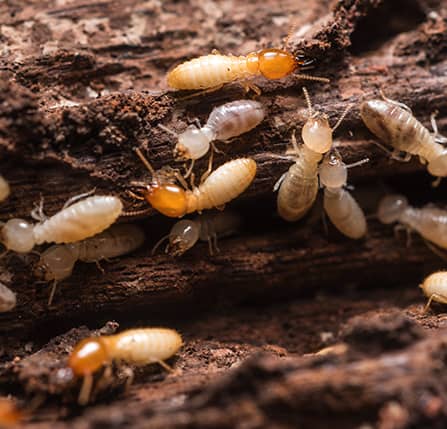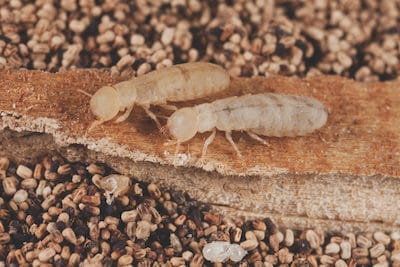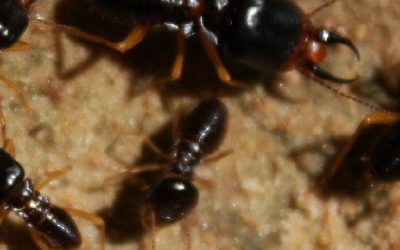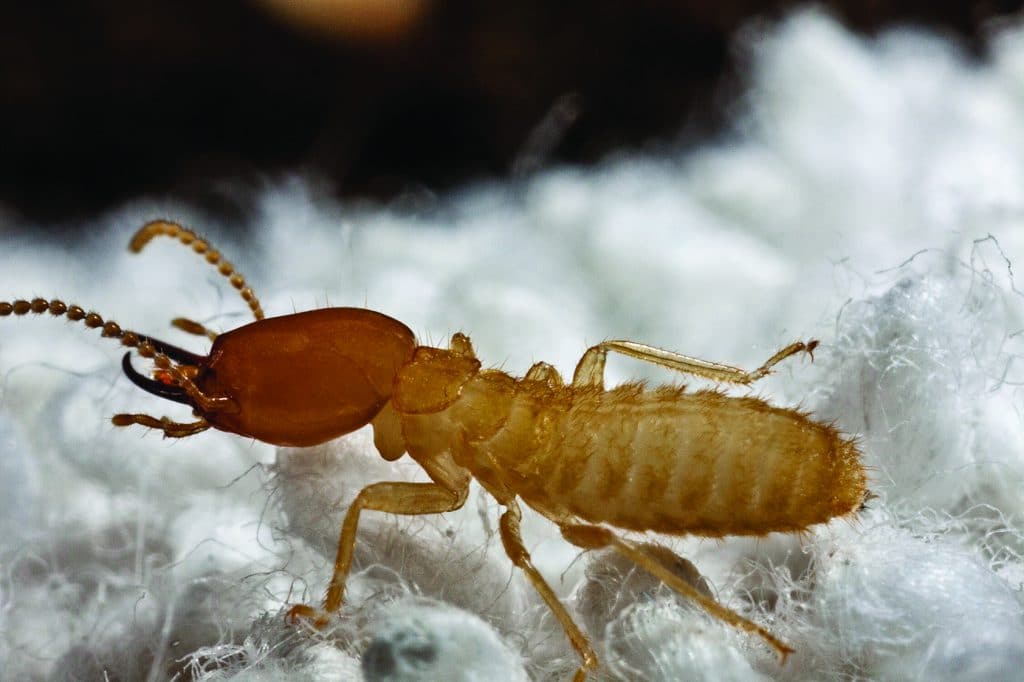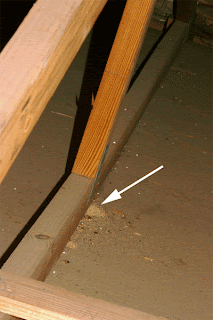Swarming Termites In Attic

This typically occurs after a rain storm followed by sunny warm weather at this time of year.
Swarming termites in attic. Like ants termites are very social creatures that thrive in a colony. A termite swarm will last about 30 40 minutes and the swarming termites will fly toward a light source typically collecting around windows and sliding glass doors. Swarming termites vs swarming ants. Swarming termites and swarming ants look similar.
They do not eat wood bite or sting they are simply a nuisance. Once the termites stop swarming that just means that the process is over. If these termites cannot find soil they will die in a few hours from dehydration. The swarming termites will drop and die in a short period of time.
The purpose of swarming is for termites to reproduce and create new colonies near food sources. Swarming termites cannot bite or sting and are incapable of causing any harm to you your children or your pets. The main colony is still there and can contain a million or more termites. Both of these species have winged reproductives that swarm.
We promise you this is sound and very important advice that will aid in the treatment of termites in your home. Subterranean termites swarm as the weather begins to warm usually at the beginning of spring after a rain event. Flying termites are not death from above spring time is when most termite colonies begin to swarm. If you see a swarm of termites around your home then there likely is a well established colony of termites living in or near your home.
Termites only swarm when the colony gets to a large enough size usually established for at least two to three years. You may vacuum them up or you can save some in a bag for our company to inspect. In most cases subterranean termites must be in contact with soil to receive the moisture they need to survive. Carpenter ants are commonly mistaken for termite swarmers.
Not all termite species swarm at the same time but for a swarm to occur the weather must be warm often following a rain. Swarming is a natural occurrence that happens when a subterranean termite colony grows to a mature size. Do not remove or open walls flooring or baseboards and do not prod trim or sills in an attempt to find termite damage. Formosan termites can build aboveground nests called cartons inside walls and attics when there is enough moisture in the wood.
Since swarming termites are attracted to light they often can be found near windows or light fixtures. To check for this termite species inspect your roof or attic for signs of termites burrowing into the wood like small holes in wooden surfaces. If you find signs of winged insects don t become antsy and assume that they are automatically termites. Fortunately swarmers are not capable of constructing mud tubes or causing structural damage to wood.
They are a group of termites looking to begin their own new colony. Termites swarm only after the colony reaches a certain size and weather conditions become optimal for flight.









